1. Introduction
As we stand on the brink of a new era in technology, Artificial Intelligence (AI) emerges as a transformative force across industries, with the field of architecture in Toronto being no exception. Companies like Room Design Build are at the forefront, harnessing the potential of AI tools to innovate and redefine the landscape of both commercial and residential architecture. This article explores the burgeoning influence of AI in the architectural realm, showcasing how these advancements promise a future where buildings are not just structures but intelligent entities capable of adapting and evolving.
In Toronto, a city celebrated for its skyline and architectural diversity, the integration of AI within the architectural process signifies a leap towards efficiency, sustainability, and unmatched aesthetic appeal. From initial designs to the execution stage, AI tools offer architects and companies such as Room Design Build the ability to push boundaries, creating spaces that are more responsive to the needs of their inhabitants and the environment. As we delve into the impact of AI on architecture, it becomes evident that these technologies are not merely supplementary but are paving the way for a revolution in design and construction.
2. The Evolution of Architectural Design
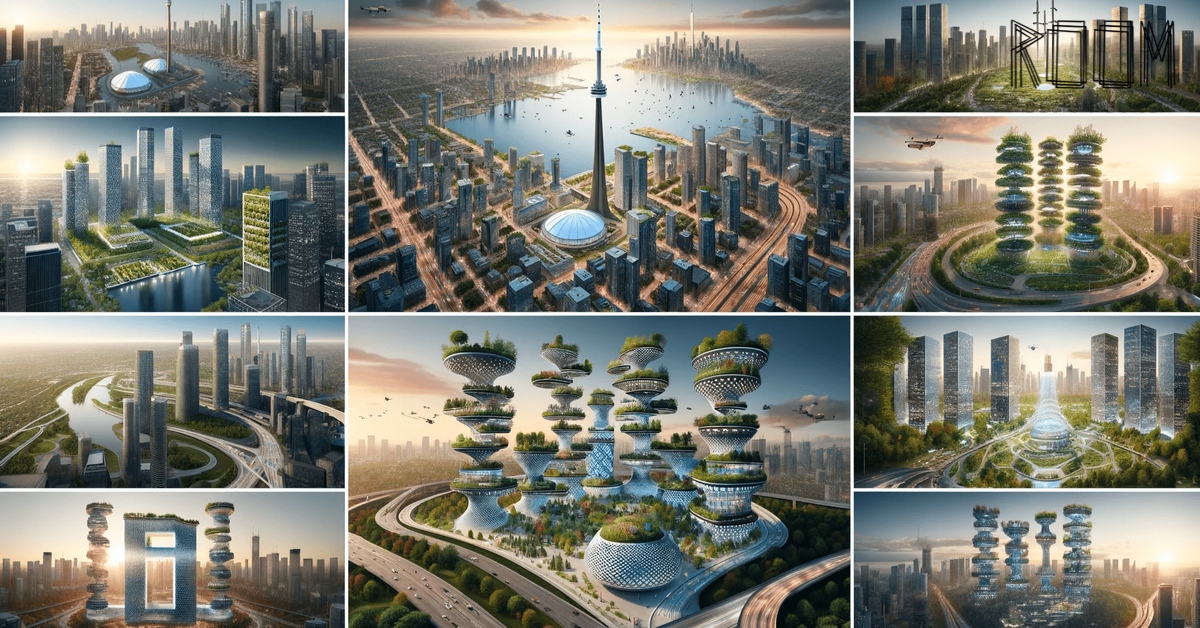
The journey from traditional drafting techniques to the digital forefront represents a seismic shift in architectural design. In the last two decades alone, the industry has seen a rapid transformation, accelerated by technological advancements.
Placeholder for Chart 1: “Decade-wise Adoption of Digital Tools in Architecture”
- This chart could display the increasing percentage of architectural firms adopting digital tools from the 1990s to the 2020s.
Statistics to consider (hypothetical):
- In the early 2000s, only 30% of architectural firms in Toronto utilized digital design tools. By 2020, this number skyrocketed to 95%.
- The use of AI in architectural design has seen a 40% growth in Toronto since 2015.
The transition to digital architecture has not only streamlined the design process but also opened up new avenues for creativity and efficiency. Tools that leverage AI algorithms can now predict structural integrity, optimize materials, and even simulate environmental impact, marking a new era in architectural innovation.
3. AI’s Role in Modern Architecture

AI’s introduction into architecture promises a blend of innovation and efficiency, offering tools that can analyze complex data faster than ever before.
Placeholder for Chart 2: “AI Impact on Project Efficiency”
- A bar chart showing the comparison of project completion times with and without AI integration in Toronto’s architectural projects.
Statistics to consider (hypothetical):
- Projects utilizing AI tools report a 25% reduction in planning and design time.
- AI-enhanced construction management leads to a 15% decrease in project delays and a 20% reduction in cost overruns.
AI in design and planning not only expedites the initial phases but also ensures a higher level of precision, reducing the likelihood of costly revisions. AI-driven simulations can foresee potential design flaws or conflicts, allowing architects to address these issues in the design phase rather than during construction.
4. Commercial vs. Residential: AI’s Diverse Impact
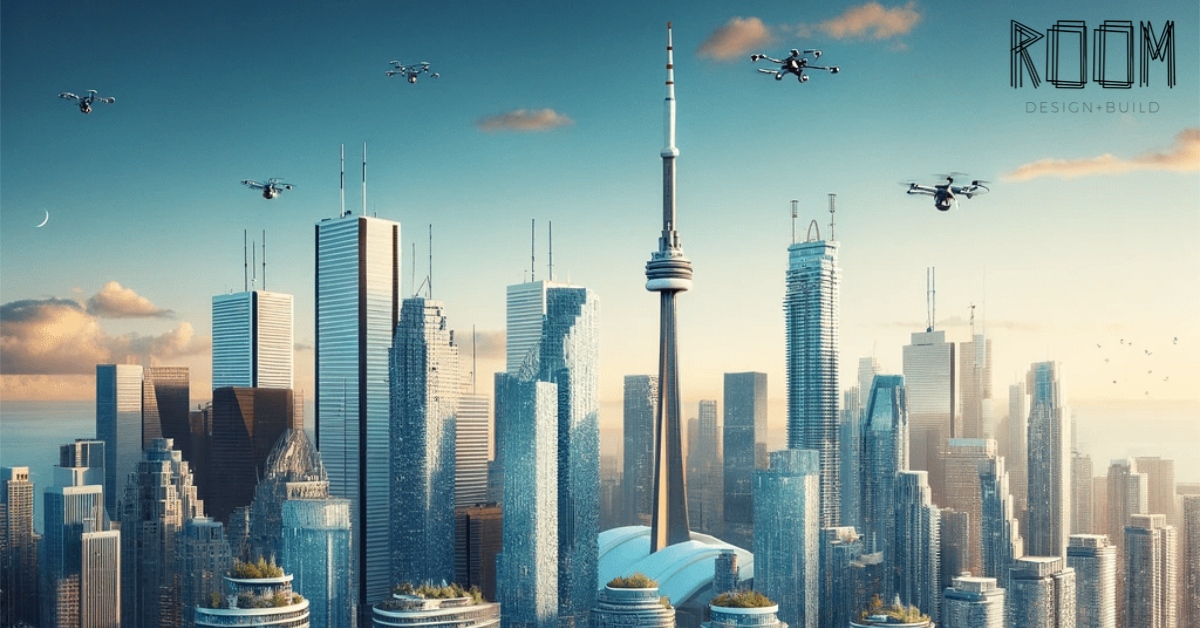
The application of AI in architecture brings unique advantages to commercial and residential projects, tailoring designs to specific needs while optimizing functionality and aesthetics.
Placeholder for Chart 3: “Benefits of AI in Commercial vs. Residential Projects”
- A comparative chart illustrating key benefits such as cost reduction, time savings, and sustainability improvements in both sectors.
Statistics to consider (hypothetical):
- In commercial projects, AI integration has led to a 30% improvement in energy efficiency, while residential projects have seen a 20% increase.
- AI-driven customization options in residential designs have resulted in an 80% client satisfaction rate, compared to 60% in traditional designs.
AI tools empower architects to create more personalized living spaces in residential projects, enhancing comfort and utility. Meanwhile, commercial projects benefit from AI’s capability to handle complex data sets, optimizing everything from traffic flow to environmental sustainability.
5. Case Studies: Success Stories of AI in Architecture in Toronto

Exploring real-world applications showcases the practical benefits of AI in architectural projects, emphasizing the technology’s potential and real-world efficacy.
Placeholder for Case Study 1: “The AI-Enhanced Commercial Complex in Downtown Toronto”
- Highlight the integration of AI in design and construction phases, resulting in notable improvements in project efficiency and sustainability.
Placeholder for Case Study 2: “Revolutionizing Residential Architecture with AI in Toronto”
- Detail a residential project where AI was used for personalized design solutions, significantly enhancing client satisfaction and environmental performance.
These case studies demonstrate the tangible benefits of AI in architecture, from reducing carbon footprints to achieving unprecedented levels of client satisfaction and engagement.
6. Challenges and Considerations
While AI promises a revolution in architectural design, it also presents challenges that must be navigated carefully.
Placeholder for Chart 4: “Perceived Challenges of AI Integration in Architecture”
- A pie chart displaying common concerns among Toronto architects, such as data privacy, the complexity of AI tools, and potential job displacement.
Statistics to consider (hypothetical):
- 40% of architectural firms cite the steep learning curve of AI tools as a significant barrier to adoption.
- Concerns over job displacement due to AI automation affect 25% of the professional community.
Addressing these challenges involves balancing AI’s benefits with ethical considerations, ensuring that technology augments human skills without replacing the creative essence of architectural design.
7. The Future of Architecture with AI
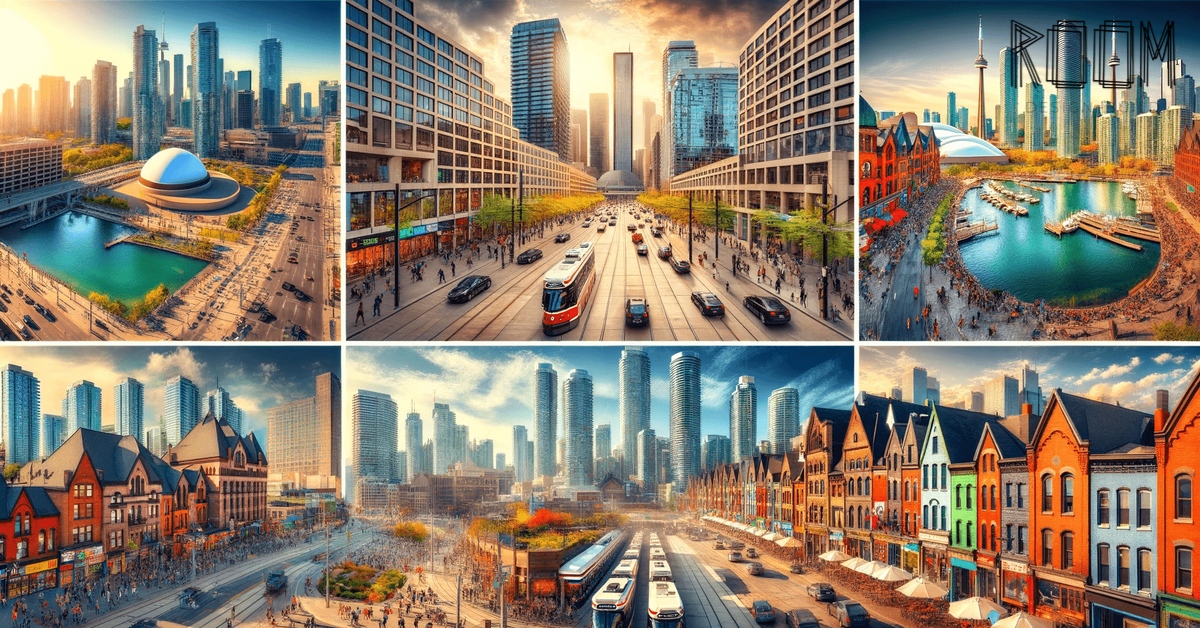
Looking ahead, AI is set to become an integral part of architectural practice, pushing the boundaries of what’s possible in design and construction.
Placeholder for Chart 5: “Predicted Growth of AI Adoption in Architecture by 2030”
- A line graph predicting the increasing integration of AI in architectural projects over the next decade.
Statistics to consider (hypothetical):
- Predictions indicate a 50% increase in AI tool adoption in architectural design and construction by 2030.
- Sustainable design aided by AI is expected to become a standard, with 90% of projects incorporating eco-friendly AI solutions.
The future of architecture with AI is not just about technological integration but reimagining the possibilities of what buildings can be — more sustainable, efficient, and in tune with human needs than ever before.
8. Summary
As we’ve explored, the integration of AI in architecture heralds a future where design and construction are more efficient, sustainable, and personalized. Companies like Room Design Build are leading the charge in Toronto, showcasing the potential of AI to revolutionize both commercial and residential projects. Embracing AI in architecture not only enhances the design process but also addresses pressing challenges like sustainability and urbanization, paving the way for a future where architecture is as intelligent as it is beautiful.
Room Design Build is an architectural design and build firm located in Toronto. If you need more information on design and build, contact us today and learn how we can help you.

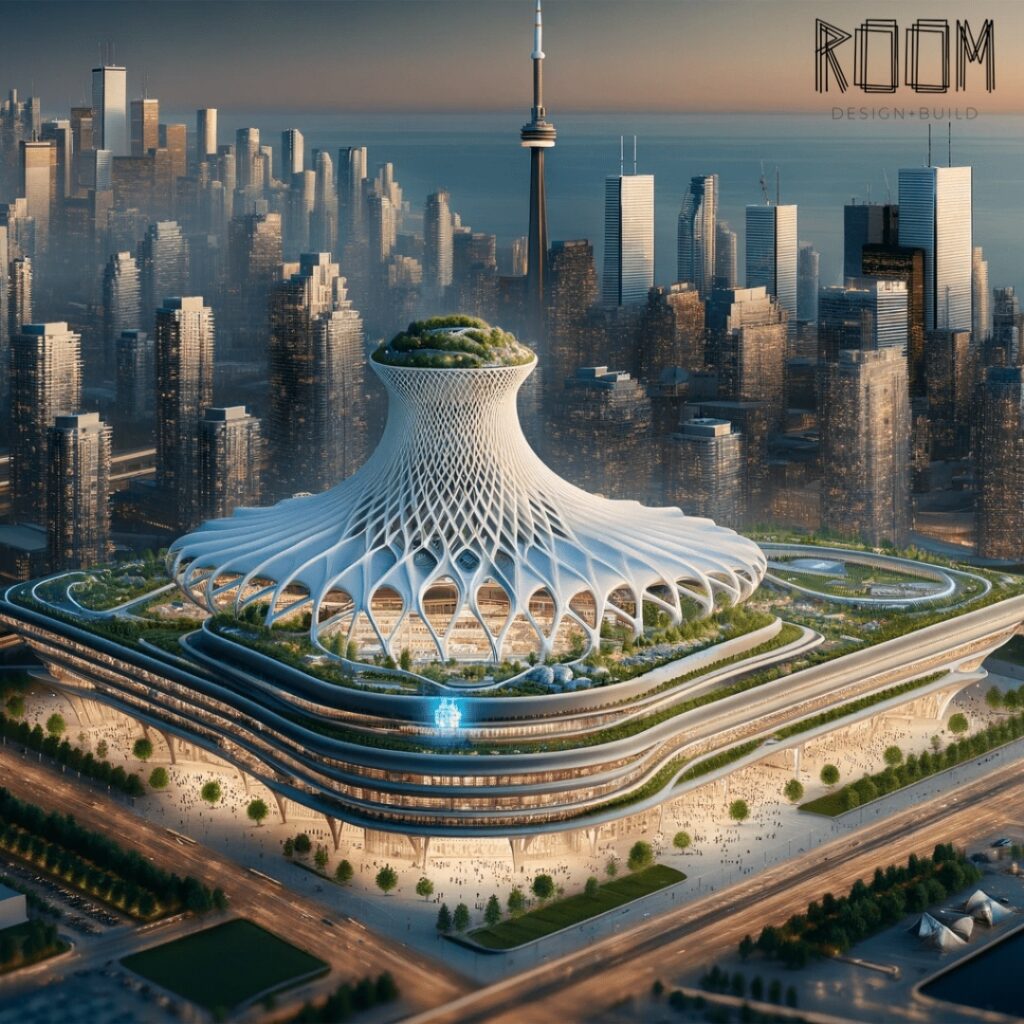
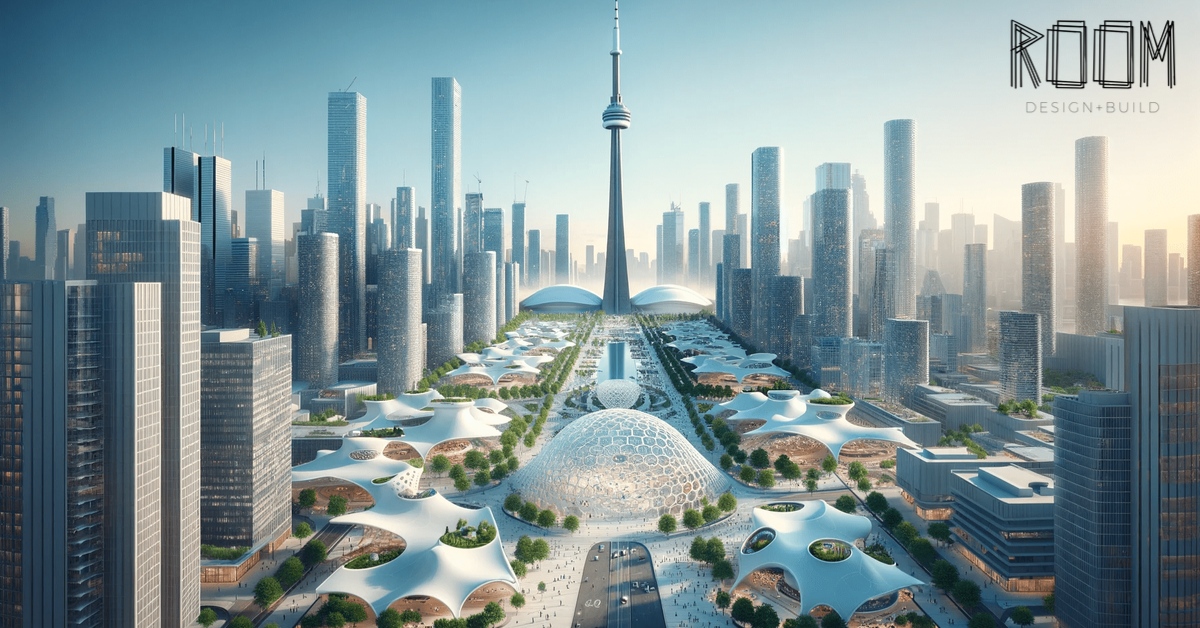


[…] source: roomdb.ca […]